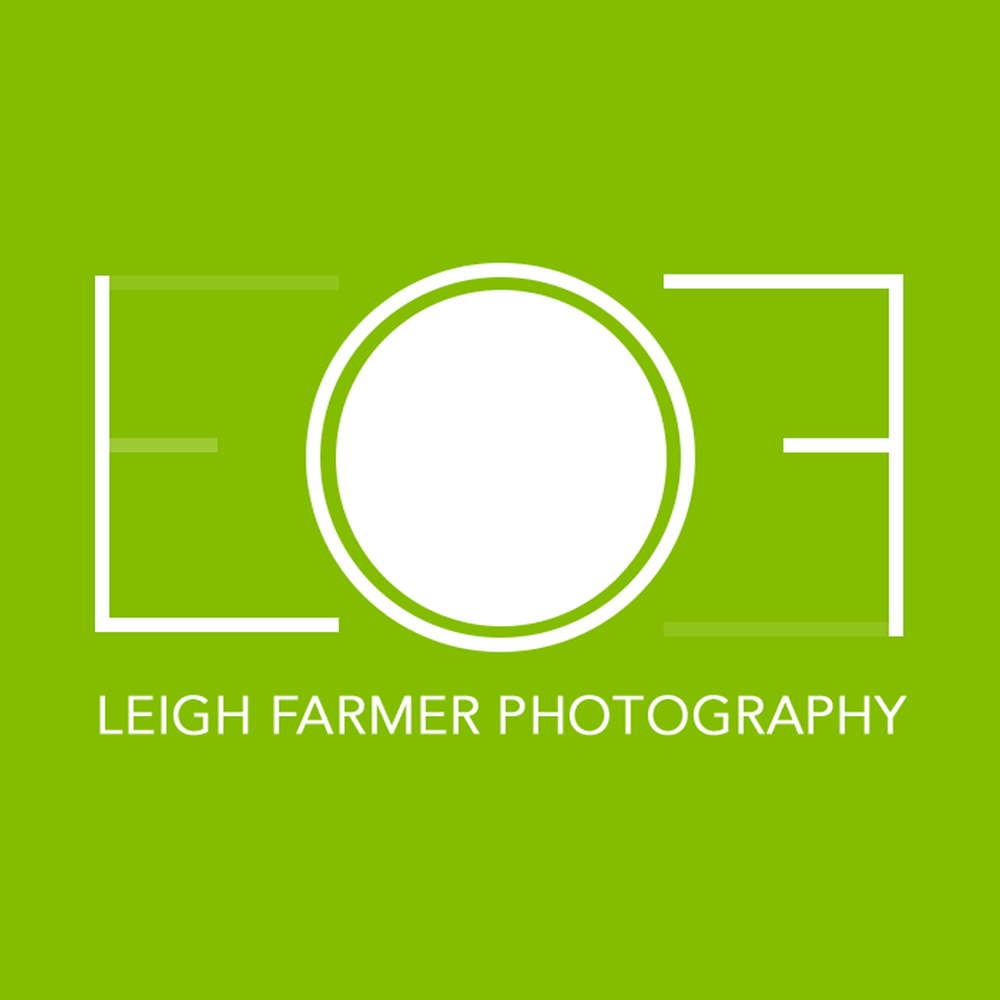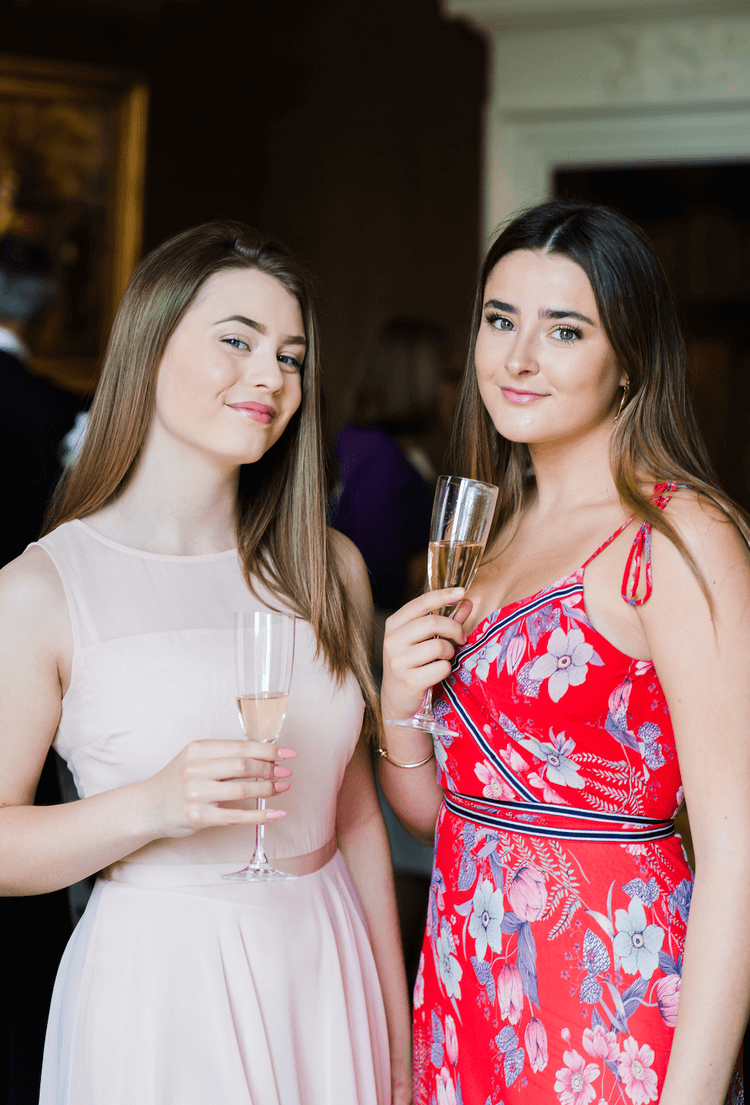Why Briefing Your Event Photographer is Essential (and How to Do It Right)
When planning an event, there are a million things to consider—venue, catering, guest list, and, of course, capturing the memories. Whether it's a corporate conference, a lively networking event, or a more intimate gathering, having a professional photographer can make a world of difference. But to get the best results, it's crucial to brief your event photographer properly. Let's dive into why this is so important and how you can do it effectively.
Why is Briefing Important?
Imagine planning every detail of your event meticulously, only to find out afterwards that the key moments weren't captured the way you envisioned. Briefing your photographer ensures they understand your expectations and the specific shots you need. Here are a few reasons why a good brief is essential:
Clear Expectations: A detailed brief helps set clear expectations between you and your photographer. They’ll know exactly what you want, which minimises misunderstandings and ensures you get the shots that matter most.
Maximising Coverage: Events can be chaotic, with multiple things happening simultaneously. A good brief helps the photographer know where to be and ensures they don’t miss any important moments.
Consistency: If you’ve had previous events photographed, a brief can help maintain a consistent style and quality in your event photos. It’s especially useful if you’re working with a new photographer who hasn’t captured your events before.
Efficiency: Knowing the event schedule, key moments, and important people in advance helps the photographer work more efficiently. They can plan their shots and be in the right place at the right time, without constantly needing to ask you for guidance.
What Should Your Event Photography Brief Include?
Creating a comprehensive brief doesn't have to be complicated. Here's a simple breakdown of what to include:
1. Event Overview
Start with the basics. Provide the event name, type, date, time, and location. Mention the number of attendees and any specific themes or styles for the event. This gives the photographer a general idea of what to expect.
2. Key Contacts
List the primary contact person for the event, including their phone number and email. If there’s a different on-site contact, include their details as well. This ensures the photographer knows who to reach out to with any questions.
3. Schedule of Events
Include a detailed schedule or agenda. Highlight key moments you want captured, such as speeches, award presentations, or special performances. This helps the photographer plan their shots and be ready for important moments.
4. Shot List
Be specific about the types of shots you want. This might include:
Wide shots of the venue and crowd
Close-ups of speakers and performers
Candid shots of guests interacting
Group photos
Detail shots of decor, signage, and branding
If there are particular individuals or groups you want to be photographed, mention them here. Providing a shot list ensures the photographer captures all the moments you consider essential.
5. Photography Style Preferences
Do you prefer candid shots or posed ones? Do you like a mix of colour and black-and-white photos? Mention any stylistic preferences you have. This helps the photographer align their shooting and editing style with your vision.
6. Special Instructions
Include any specific instructions or preferences. For example, you might want to avoid using flash during certain parts of the event or need specific angles for particular shots. Any unique requests should be noted here.
7. Deliverables and Deadlines
Specify how you want the photos delivered and any deadlines you have. Mention if you need certain images quickly for PR or social media. This helps the photographer prioritise their editing and delivery schedule.
Tips for a Successful Briefing
Now that you know what to include in your brief, here are some tips to make the process smooth and effective:
Start Early
Don’t wait until the last minute to brief your photographer. Ideally, start the conversation as soon as you book them. This gives them ample time to prepare and ask any questions.
Be Specific
The more specific you are, the better. Vague instructions can lead to misunderstandings. If there are shots you need, don’t hesitate to detail them explicitly.
Use Visual Aids
If possible, provide examples of the photography style you like. You can share photos from previous events or find inspiration online. Visual aids can help communicate your vision.
Communicate Regularly
Keep the lines of communication open. Regular check-ins leading up to the event can help address any last-minute changes or additional requests. Ensure the photographer feels comfortable reaching out if they need clarification on anything.
The Benefits of a Well-Briefed Photographer
When you take the time to properly brief your event photographer, you set the stage for success. Here are some benefits you can expect:
Peace of Mind: Knowing that your photographer understands your expectations allows you to focus on other aspects of the event without worrying about the photos.
Better Coverage: A well-briefed photographer can anticipate key moments and be in the right place at the right time, resulting in more comprehensive coverage of your event.
Higher Quality Photos: When photographers know what you’re looking for, they can tailor their approach to meet your needs, leading to higher quality images that match your vision.
Efficient Workflow: Clear instructions help photographers work more efficiently, which can speed up the editing process and result in faster delivery of your photos.
Stronger Collaboration: A detailed brief fosters a collaborative relationship between you and your photographer, which can enhance the overall experience and the final results.
Briefing your event photographer is crucial to making sure you get the best photos from your event. It might take a little time and effort upfront, but the benefits are well worth it. From setting clear expectations to maximising coverage, a good brief can make all the difference.
Ready to get started? Here's a handy template to help you brief your event photographer effectively. Download it now and ensure your next event is captured exactly the way you want.
Leigh is an Exeter-based corporate photographer, specialising in personal branding shoots, business headshots and events. Professional, natural portraits for modern entrepreneurs.





